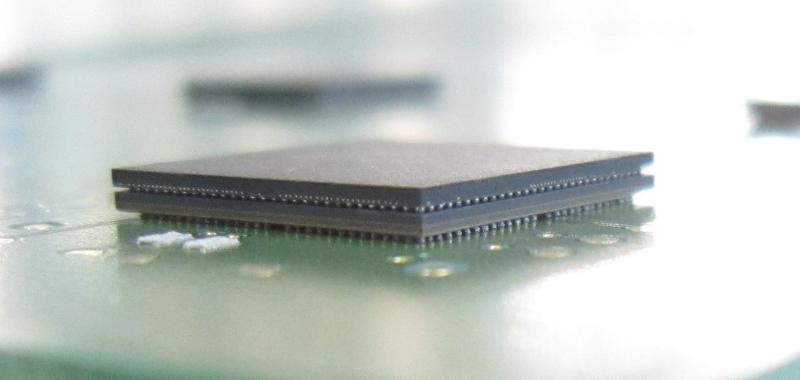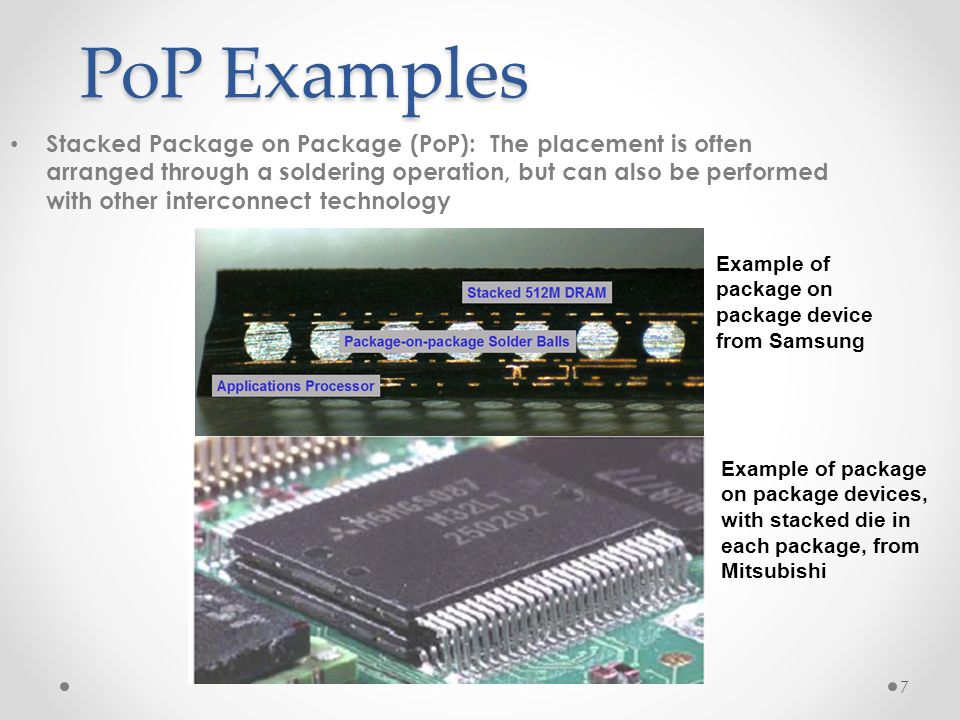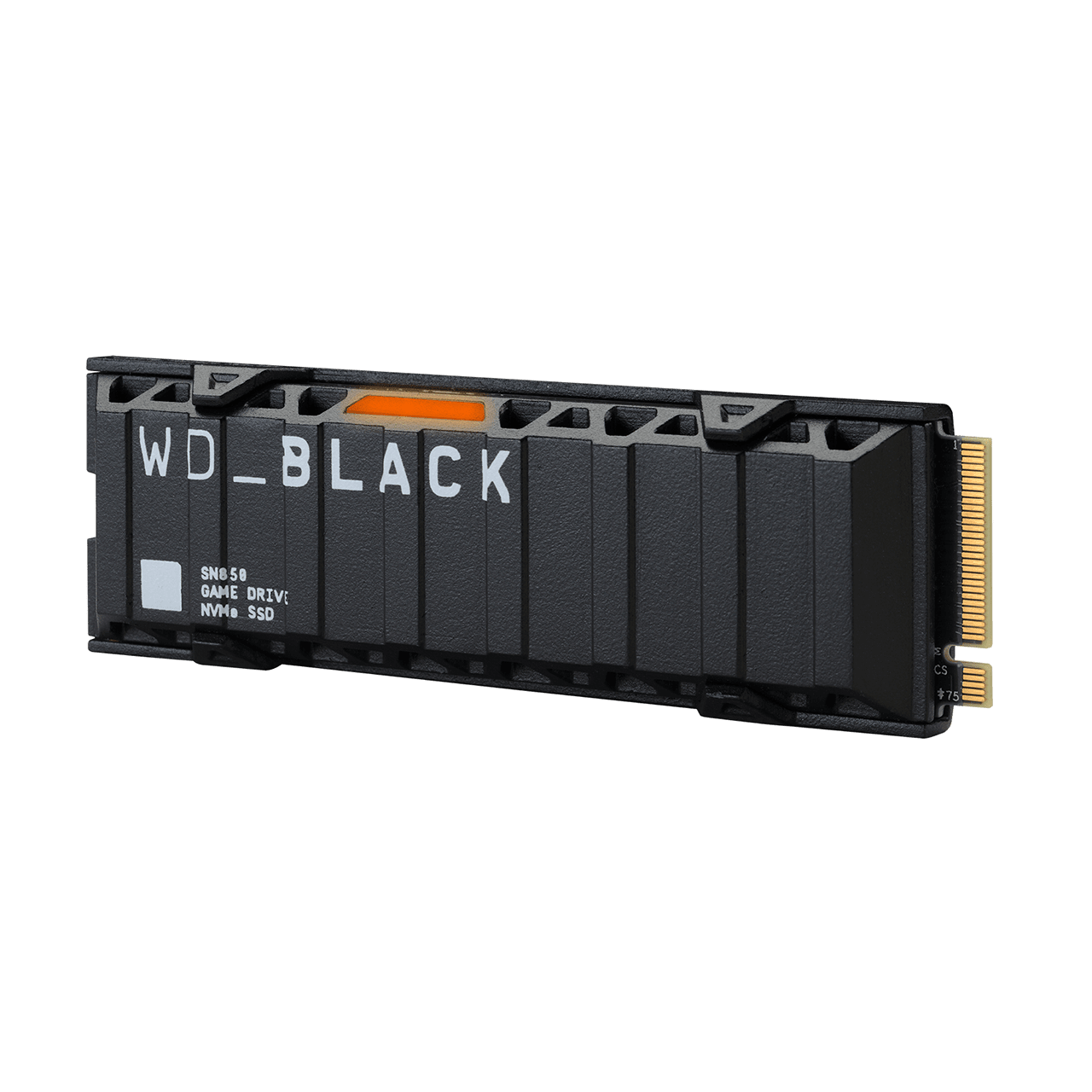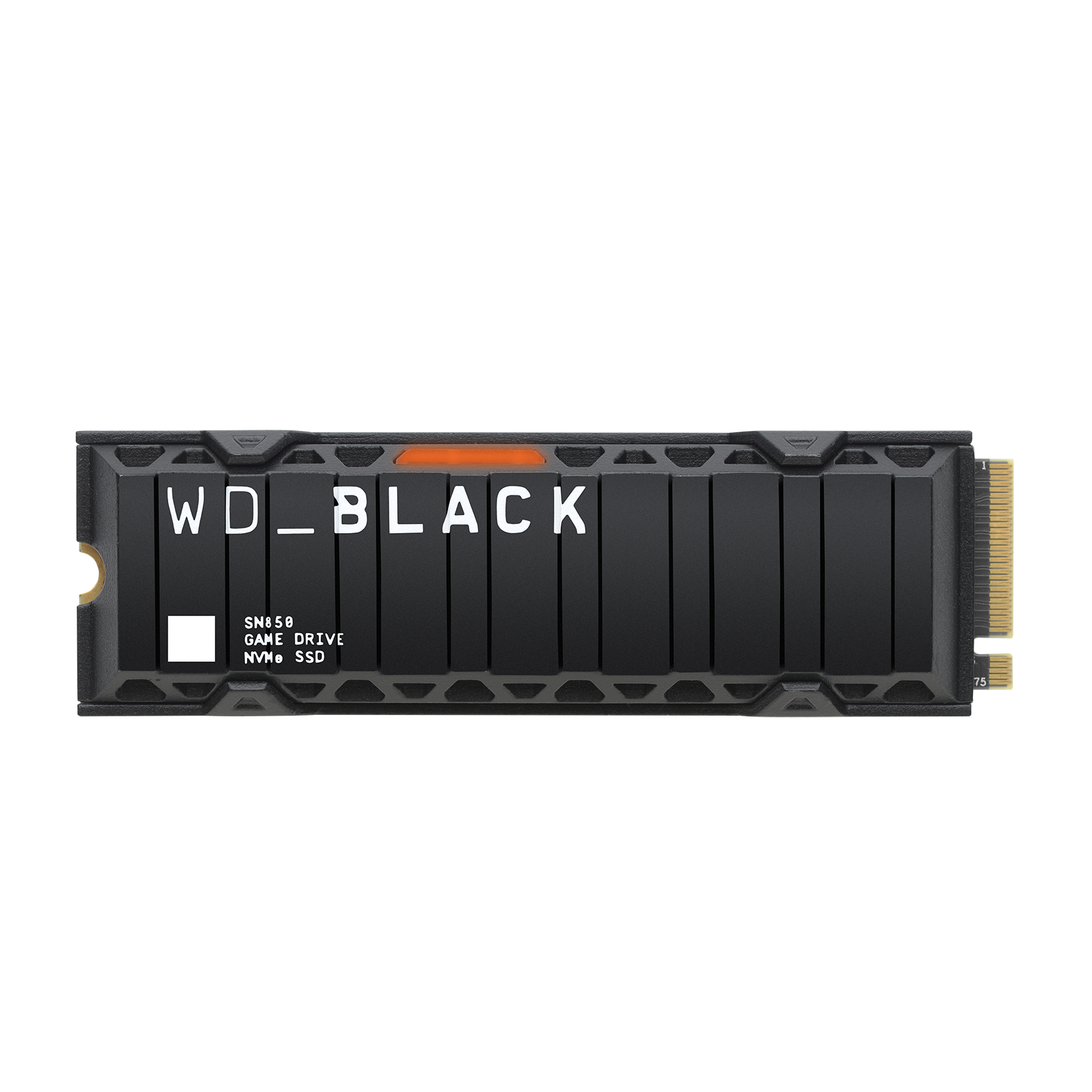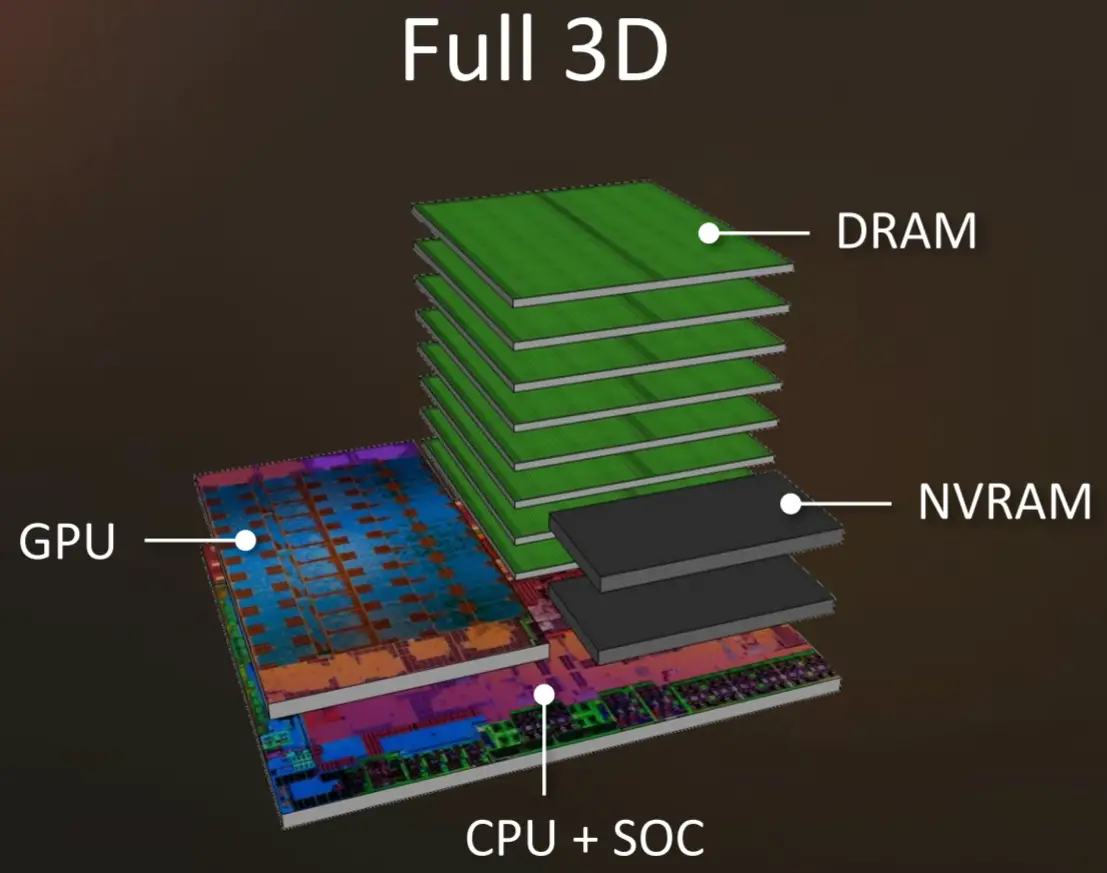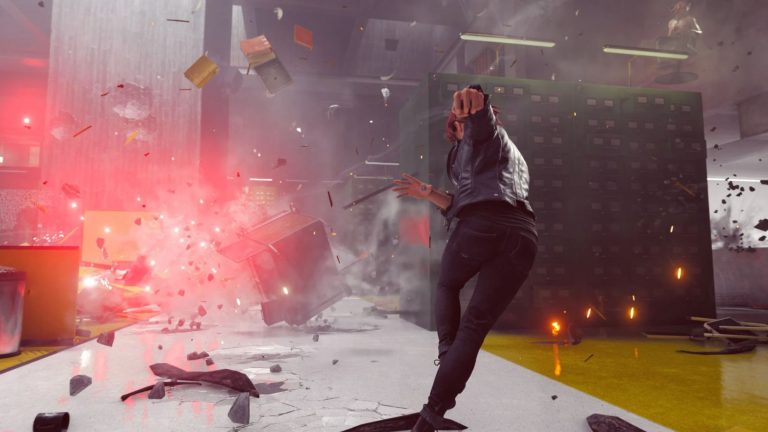He never actually said any of that, he just said 12 channels. It doesn't really matter, its a blazing fast SSD in the PS5.
That plus it just dawned on me; if volatile memory modules can have parallel multi-channels, then at this point I don't see why NAND modules can't.
The main disadvantage to larger-capacity, multi-channel NAND modules though is price; since they'd reduce the footprint of smaller NAND modules to be set on the PCB in parallel (I figure that could be resolved another way with PoP stacking, maybe), that real-estate savings will come at more of a premium.
Really nice write-up!
You are 100% right, Sega fell into the same trap Sony did with the PS3, where they had extremely good knowledge of the hardware and a headstart of all other software companies. The sad part is that a console is dependant on 3rd party software, and when they must use a considerably time just for research, that's not a good sign. It doesn't help that "the other" console released at that time was cosiderably less hard to develop for. I usually love ecsotic hardware, but the times where not on Segas side that gen, unfortunately. We always cried "lazy devs" when they were handed some new piece of hardware that strayed a little from the beaten path, but in the end it's all about the money. I'm still certain though, without "some" ecsotic hardware there will be no progress, you just have to package it somewhat nicely for the devs to consume.
Actually, there's something rather interesting on that. So by and large, PS1 definitely was easier to work on compared to Saturn, but that wasn't really so much about the architecture being considerably simpler. There's a small channel on YT I watch called
Zygal Studios, they have some
really good architectural breakdowns on retro systems for people interested.
The most recent one was for the
PlayStation, and as you can tell it had it's own fair share of odd quirks and limitations. But it's like I was saying earlier: Sony had the resources and money to invest in a more mature SDK right out of the gate (plus less of those resources and money spread across other related product divisions), whereas SEGA needed almost a
full year after Saturn's Japanese launch to do the same. They were probably similarly aware of the factor they were spending too much spread across to many product divisions in parallel, but they made the mistake of cutting the Genesis/MegaDrive short of what it could've been commercially; a 1996 Genesis/MegaDrive with full 1P support would've been amazing and eased the early transition into Saturn better. SoJ didn't care by then, though

.
While SEGA were a bit more open/friendly with 3P devs than Nintendo at the time (some real horror stories regarding cartridge orders being massively late, order amounts drastically cut/reduced, not to mention limitations on how many games 3P devs could even develop/publish per-year, though they eased up on these things somewhat with SFC/SNES), the truth is both of them mainly used their hardware to push their own 1P titles; 3P who were able could hop along for the ride, but Nintendo and SEGA made few accommodations for them unless they were forced to (like when EA reverse-engineered the Genesis and forced SEGA to give them a premium licensing model else they'd release unofficial games for the system and, by doing so, probably encourage other 3P devs to try doing the same. Yeah, EA weren't the slimeball company back then they are today, but they still did some underhanded tactics).
Sony, out of necessity, were a
lot more open to 3P devs and had the resources/money to drastically cheapen the manufacturing/distribution process for them, streamline the SDK so high-level languages could give results almost comparable with assembly (a lot of the better PS1 games still used assembly alongside C, though), and had a licensing model that was just cheaper than what Nintendo or even SEGA could've provided. Essentially, they used their corporate strengths and size to either force competitors to adapt (Nintendo), or burn cash trying (SEGA).
That's kind of what makes the current shift we're starting to see in the industry now so
interesting, particularly for Sony, because if companies like Microsoft are now putting some actual money/resources towards game investment, as we can see in their Zenimax purchase, that's a long-term game Sony just can't compete in. Add in Apple, Google, Amazon etc.,...these are companies multiple sizes larger than a Sony or Nintendo. Nintendo's more or less secure since they've got a niche all their own and a fanbase who'll support it (as long as the hardware isn't completely botched like the Wii U).
It's going to be interesting to see how Sony adapts. Do they fully go into their own niche (and possibly lose some pure marketshare and 3P support but have other ways to retain or even grow profit margins) like Nintendo, or do they try braving against the Goliaths and play their game like SEGA tried doing with Sony in the mid '90s, because we saw what happened in the end there (sadly

). There are obvious differences between SEGA at that time and Sony right now, of course, but the overall main idea is the same: if it comes down to a battle of attrition, Sony loses simply because they have less money and resources to play the shopping game.
I
personally think they'll manage; whether that comes through staying more or less completely of their own in gaming operations or establishing some type of partnership with one of these mammoth companies trying to capitalize on gaming's future is another question. Ironically this is why I say Microsoft stands more to lose if something were to happen to Sony, because the fact all three current platform holders look quite healthy, in it's own way is acting as a deterrent towards Apples, Amazon etc. from making a serious push into this particular gaming space (and that creates more trouble for Microsoft). I think MS understands this as well which is why, while I very much doubt you're ever going to see Zenimax/Bethesda games on Sony systems that aren't already promised or aren't MMO games (Death Loop, Elder Scrolls Online etc.) for example, it's
that understanding why they're probably working with Sony in having PS5 leverage Azure going forward. It benefits Sony and ultimately also benefits MS, and it isn't something that impedes their plans in growing their own gaming product markets like Gamepass.
But for now I'm gonna finish watching this PS5 UI video they dropped out of nowhere overnight xD.










